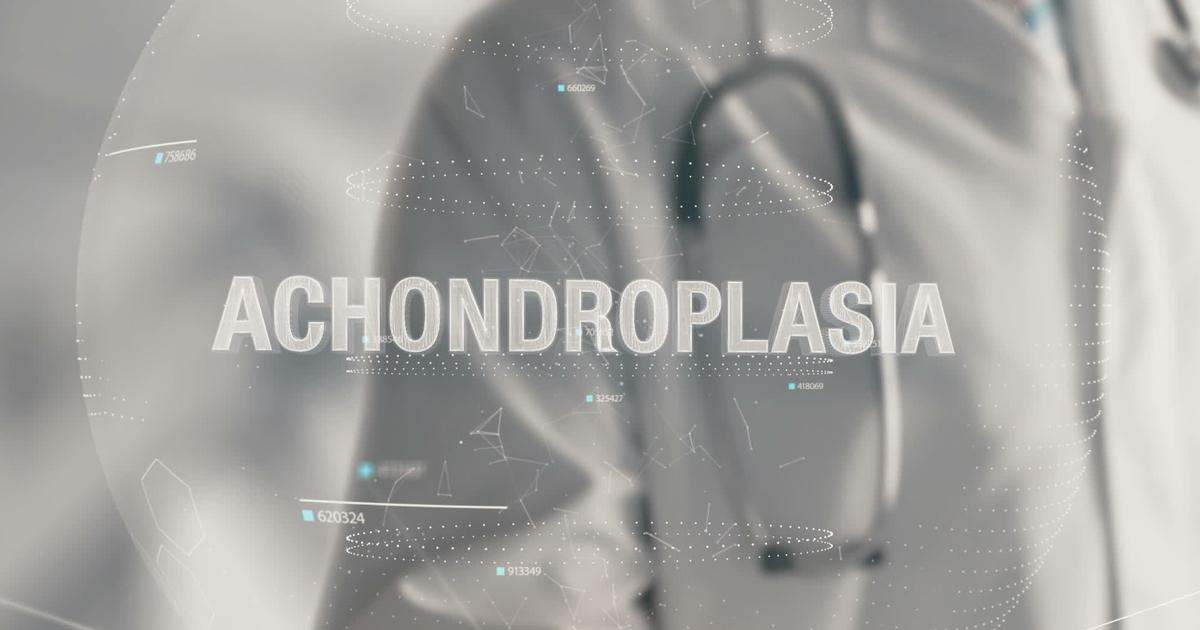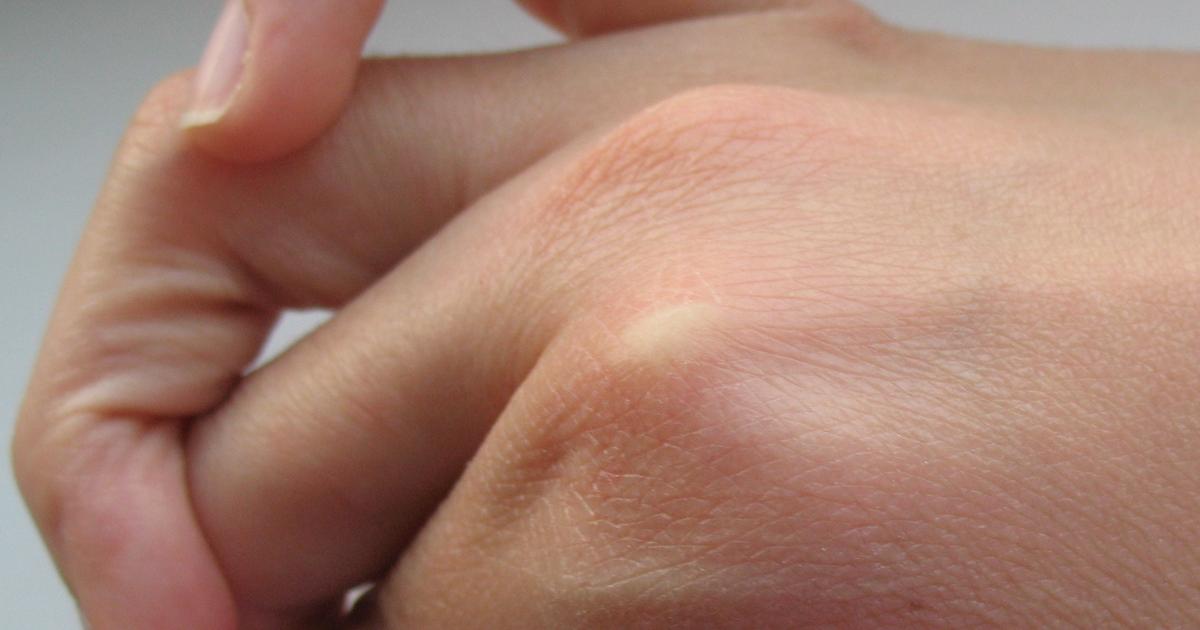Conditions That Can Cause Hypotonia (Low Muscle Tone)
Hypotonia is the medical term used to describe an individual who has decreased muscle tone. Muscle tone describes the specific amount of stiffness and tension the muscles retain at all times that can be felt as a counteraction to movement. Healthy individuals have muscles that always have a certain amount of muscle tone and that do not ever fully relax. Hypotonia occurs when this muscle tone decreases and the muscles remain too relaxed. Hypotonia can be confused with muscle weakness as the conditions are associated with each other, but they are not the same. Symptoms that commonly occur in individuals affected by hypotonia include excessive head flopping, excessive limpness, inability to place weight on shoulder or leg muscles, frequent falls, clumsiness, difficulty sucking and swallowing, and a weak cry in infants.
Numerous conditions and diseases may cause hypotonia to develop in affected individuals. Read about them now.
Achondroplasia

An individual with hypotonia may have developed it as a complication of achondroplasia. Achondroplasia is a bone growth disorder where an individual's cartilage does not transform into bone the way that it should. Achondroplasia is the result of mutations that occur in an individual's FGFR3 gene, which is responsible for encoding the information on how to produce a certain protein required for bone maintenance and development. Typically, individuals affected by achondroplasia have short limbs, normal torso size, and short stature. Their arms and legs do not grow as long as they should, with a greater prevalence in the thigh and upper arm bones. Females with achondroplasia grow to an average height of four feet and one inch, while affected males grow to an average height of four feet and four inches. The majority of infants born with achondroplasia have hypotonia. It is thought the short bones in an individual's limbs are not long enough to produce an adequate amount of resting muscle tension and stiffness.
Read more about the causes of hypotonia now.
Ehlers-Danlos Syndrome

An individual affected by Ehlers-Danlos syndrome may have hypotonia as a symptom. Ehlers-Danlos syndrome encompasses a set of inherited connective tissue disorders that mainly affect the joints, skin, and blood vessel walls. Underlying structures in the body get their elasticity and strength from connective tissue or a complex combination of proteins and other substances. The exact mechanism of how hypotonia is caused by Ehlers-Danlos syndrome is not clearly defined, but it is known to be associated with an abnormally low amount of collagen in the body. It is thought the causative mechanism is one that occurs in the muscle sheaths that contain more collagen rather than in the fibers of the muscles. The most abundant protein in the human body is collagen. Tendons, skin, ligaments, and muscles feature collagen as their major component. Collagen is responsible for providing these tissues with strength and proper structure. Ehlers-Danlos syndrome patients have lower amounts of Type III and Type V collagen, which can result in decreased muscle resistance and hypotonia.
Keep reading to learn more about the causes of low muscle tone now.
